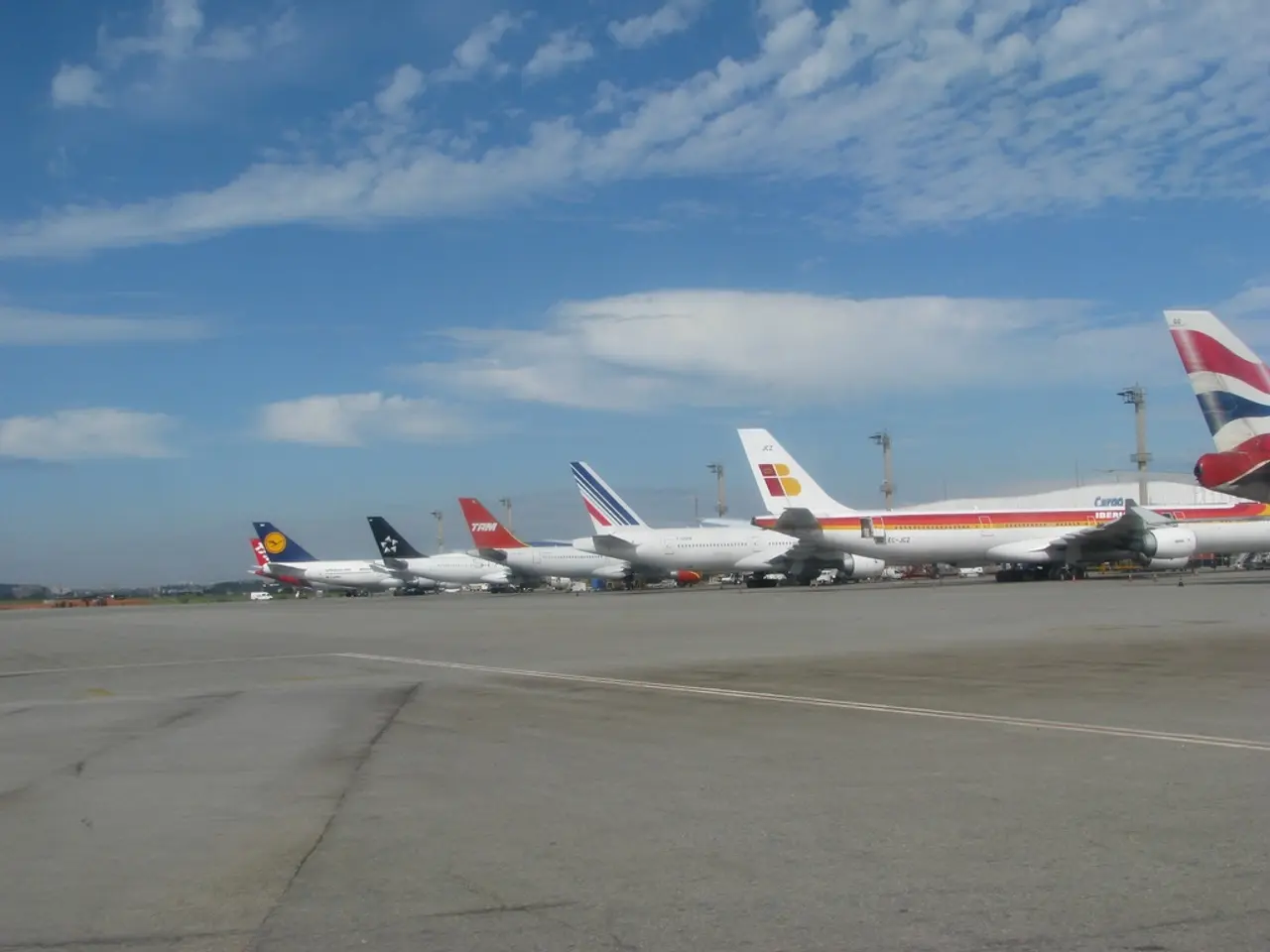Instructions for Flying at Lowest Visual Flight Altitudes
The Federal Aviation Administration (FAA) has set guidelines for minimum safe altitudes that airplanes must maintain during flight, as outlined in Federal Aviation Regulation (FAR) 91.119. These rules are designed to ensure the safety of both the aircraft and those on the ground.
Over Congested Areas
When flying over a city, town, settlement, or open-air assembly, airplanes must maintain an altitude of at least 1,000 feet above the highest obstacle within a horizontal radius of 2,000 feet of the aircraft. This rule applies to any location where a large number of people are gathered, such as sports events or concerts.
Over Other Than Congested Areas
In non-congested areas, airplanes must stay at least 500 feet above the surface. However, over open water or sparsely populated areas, the aircraft must not be operated closer than 500 feet to any person, vessel, vehicle, or structure.
Anywhere Else
In all other situations, the altitude must be sufficient to allow for an emergency landing without undue hazard to persons or property on the surface if a power unit fails.
These rules apply except when necessary for takeoff and landing.
Marked Obstacles
Sectional charts are used to identify obstacles that extend more than 200 feet above ground level (AGL). These obstacles, such as smokestacks, tanks, factories, lookout towers, antennas, etc., are typically marked on the chart. Obstacles that are less than 1000' AGL are marked with a small symbol, and obstacles 1000' AGL and higher are marked with a larger symbol.
The FAA's Viewpoint on Low Altitude Flying
The FAA maintains that low passes aren't necessary for takeoff or landing, and if you're not configured for landing (gear down, flaps out), they will assume you weren't "performing a go-around." The regulations on low altitude flying are subjective, and there aren't many reasons for pilots to operate lower than the 1000'/500' rules except for takeoff and landing.
The catch-all "careless or reckless" clause in 91.13 applies to flying at low altitudes, and the FAA may consider low altitude flying with passengers onboard to endanger their lives. The FAA has brought enforcement action against pilots for breaking the regulation of flying closer than 500 feet to any person, vessel, vehicle, or structure in a depopulated area.
Defining a Congested Area
The definition of a "congested area" is not explicitly defined by the FAA, but is determined on a case-by-case basis. The FAA will take the most conservative viewpoint on what a "congested area" means.
In summary, pilots must always ensure a safe altitude that prevents undue hazard, respecting the specific altitude minima above congested and non-congested areas as defined by FAR 91.119. Elevation points are identified using a small black dot with a number next to it, known as the Maximum Elevation Figure (MEF), which identifies the highest elevation within a quadrant on a chart. Flying at the MEF guarantees a minimum of 100' of clearance from all terrain and obstacles in the quadrant.
- In congested areas, airplanes must fly at least 1,000 feet above the highest obstacle within a 2,000-foot radius to ensure safety.
- Pilots flying in non-congested areas should maintain an altitude of at least 500 feet above the surface, but not closer than 500 feet to any person, structure, or vehicle.
- During all other flights, the altitude must be high enough for an emergency landing without posing a hazard to those on the ground.
- These FAA regulations do not apply during takeoff and landing.
- Sectional charts are used to identify and mark obstacles extending more than 200 feet above ground level.
- The FAA discourages low passes for takeoff or landing and considers them as go-arounds if not properly configured.
- The FAA may consider low altitude flying with passengers onboard as endangering their lives, as stated in the "careless or reckless" clause.
- The FAA's definition of a "congested area" is case-by-case and conservative, focusing on maintaining the highest levels of safety.
- Elevation points on charts are identified by a Maximum Elevation Figure (MEF), which guarantees a minimum 100' of clearance from all terrain and obstacles in the quadrant.
- The Federal Aviation Administration's (FAA) guidelines seek to ensure the safety of aircraft, aircrews, and those on the ground within the airline, finance, transportation, aviation, and aerospace industries.








